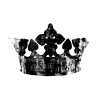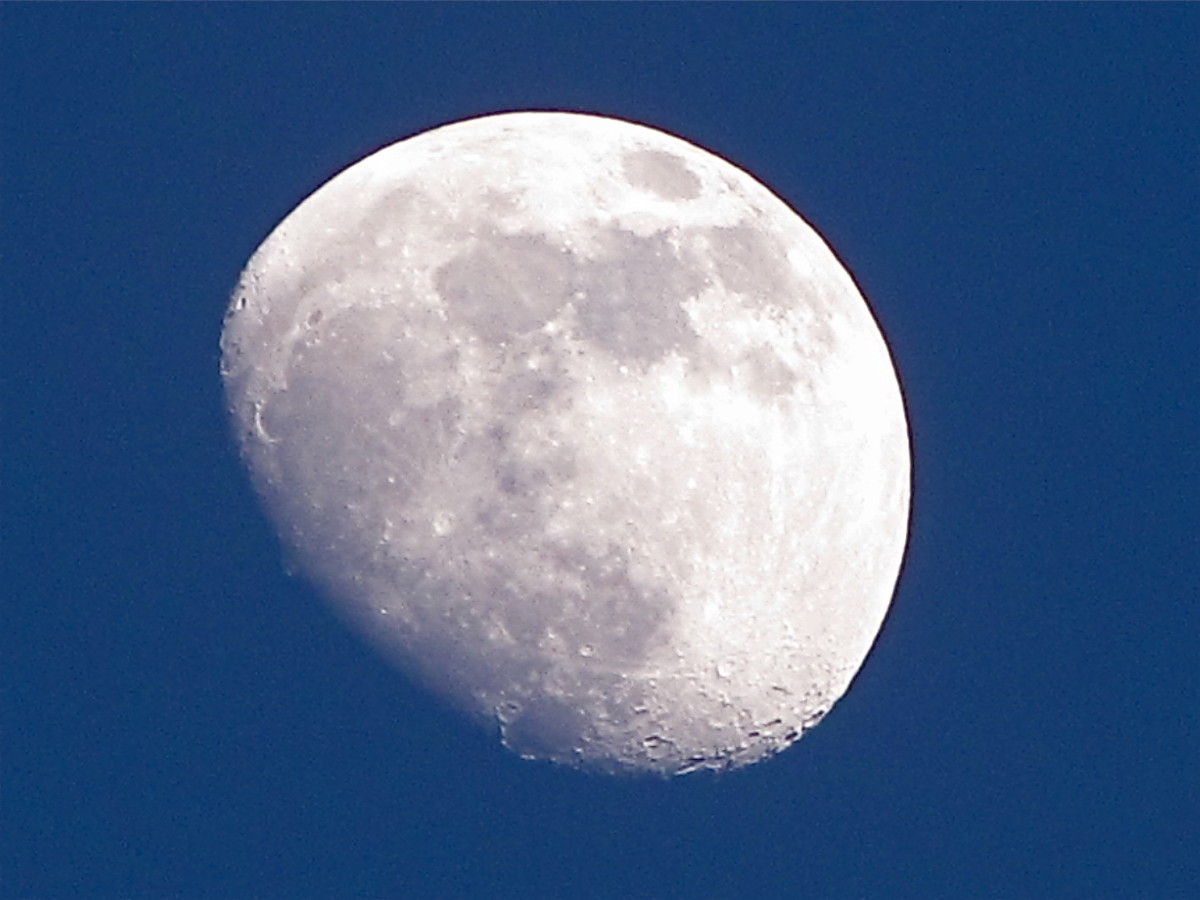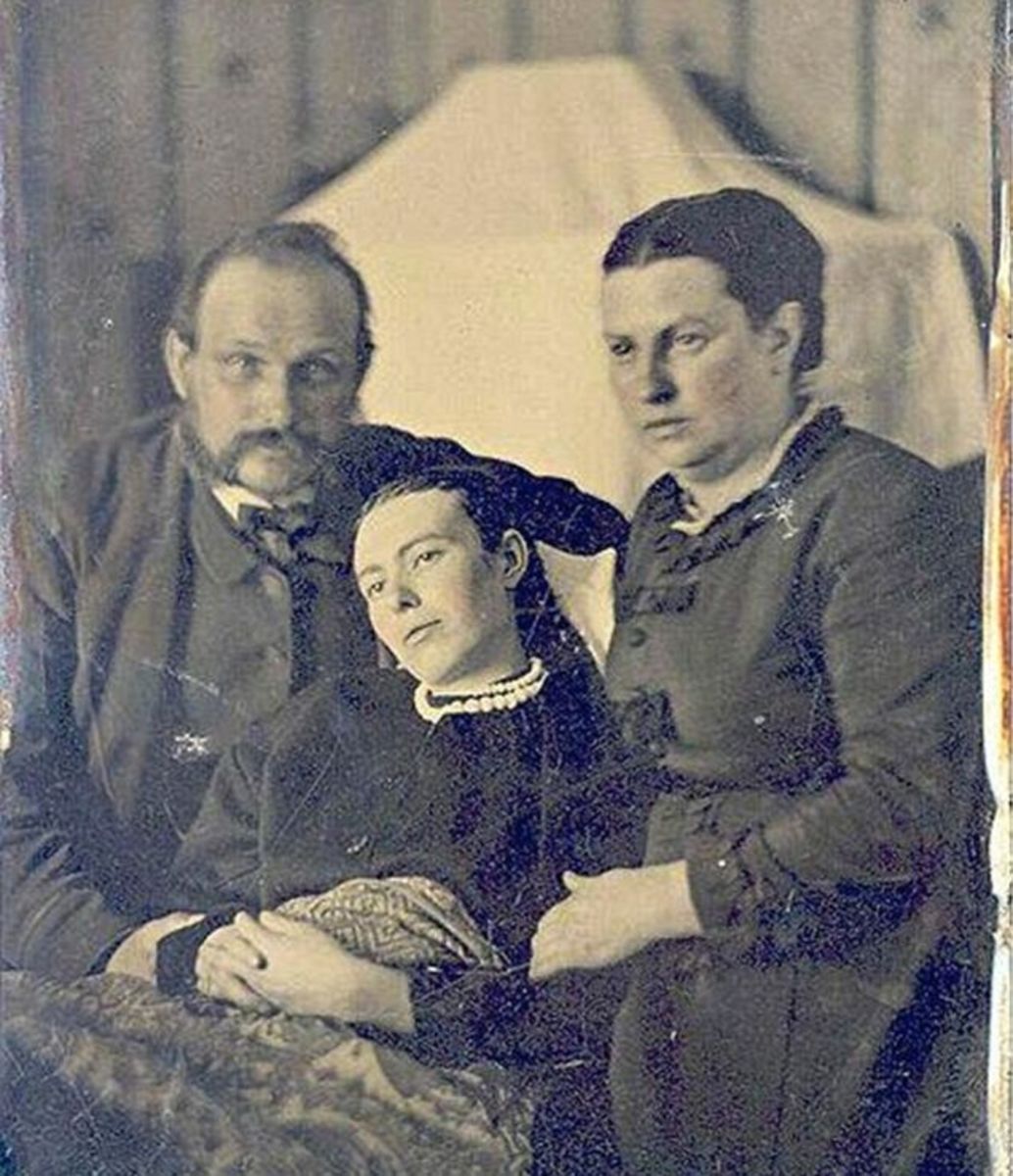Understanding How to Get Sharp Photographs
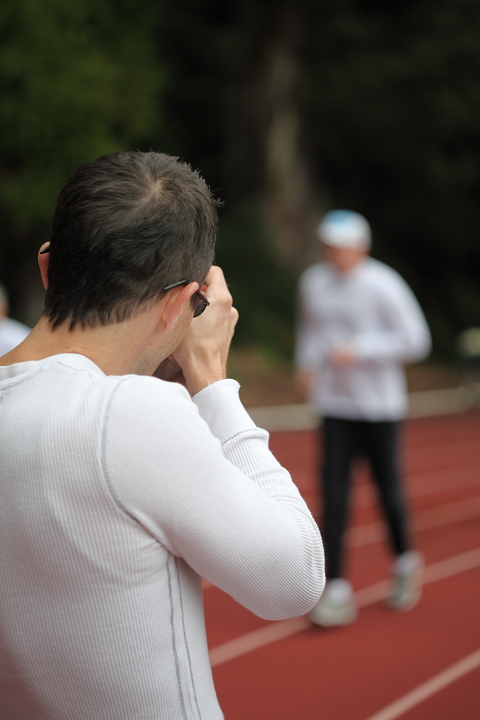
Anyone can recognize a blurry photograph, but there are some photographs that are still pleasing to the eye even with blur. However, there are other photographs that are blurry beyond pleasure. Interestingly, elements of a photograph can be blurry and sharp simultaneously. By understanding the basics of shutter speed and aperture; manipulating your camera, you can harness your creative photographic skills and produce sharp photographs even with blur.
Reasons for Blurred Photos
Out of Focus Subjects
Blur is not the same in every case. Blur can be simply because that particular element in a photograph is out of focus. If this is the case, then another element will appear sharp. It’s just as if you are seeking to take a photograph of your friend in the park, but the trees turn out sharp while your friend is out of focus and blurred. This is like a misfired gun where the target is missed. To make sure that you don’t ‘misfire’ you may need to half press the shutter release button to allow the camera to lock focus on the subject of your intended focus. Once the focus is locked, you can fully press the shutter release button. In the same scenario as stated before, your friend will now be in focus while the background with trees will be out of focus and blurred. This is the effect that many portraits have -- a classic look.
The blurred background, often known as ‘bokeh’, is a signal of the focusing plane (or region of focus) being overstepped. Aperture has a big part to play in this, because a large aperture, for e.g. f/2.8 will have a narrower area of focus, otherwise known as Depth of Field (DoF) than an aperture of e.g. f/8. Whatever is sharp in your photograph will be within the(DoF), and whatever is blurred is outside the DoF and therefore out of focus.
Slow Shutter Speed
“A good workman doesn't blame his tools” is a quote I mention in harmless humor of new photographers who complain that their camera is not focusing correctly. Most of us photographers have been at that stage where we may fail to fully appreciate the importance of shutter speed. Slower shutter speed means the shutter will stay open longer. Therefore, a shutter speed 1/30th of a second will cause the shutter to stay open for twice the amount of time as a shutter speed of 1/60th of a second would cause. It’s also easier to introduce slight shaking of the camera when you use slower shutter speeds which may cause blurriness in photos. Now this kind of blurriness is your enemy. Unlike the case where one element is out of focus and blurry, while another element is sharp, camera shake will cause the entire photo to be blurred. The amount of blur is directly related to the amount of shake that you introduced at the time of pressing the shutter release.
How to Avoid Camera Shake
To avoid this mistake, you may use a faster shutter speed. But there are low light situations in which you may need to use an ‘uncomfortable’ shutter speed, i.e. a relatively slow shutter speed. In this case you need to pay more attention to stabilizing your camera while you take shots. Correctly holding your camera and lens is the first step. You may practice bracing techniques, using Monopods tripods or even using the image stabilization or vibration reduction feature if the lens you’re using has it. Read more about how you can reduce or even eliminate camera shake.
The Intentional Use of Blur to Create the Sense of Action/Motion
Blur is used by photographers to intentionally create the sense of motion. You may see images of racing cars that are sharp while the background is streaked. Panning is the technique used for creating this great effect. Yet again, you may see photographs where the background is sharp while a blurred something or someone is moving across the background. These techniques are particularly based on shutter speed -- actually using slow shutter speeds.
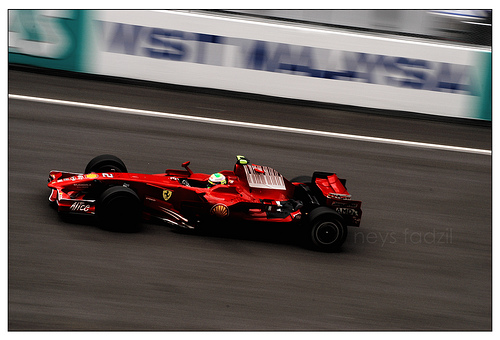
Capturing sharp photographs should be your aim, and therefore you have to be meticulous about how you use your shutter speed and how you stabilize your camera while taking shots. Everything doesn't have to be sharp in a photograph to be a good photograph. Actually, some of the best photographs have blur, whether motion blur or bokeh blur. However, your final image must have an element that is sharp.
